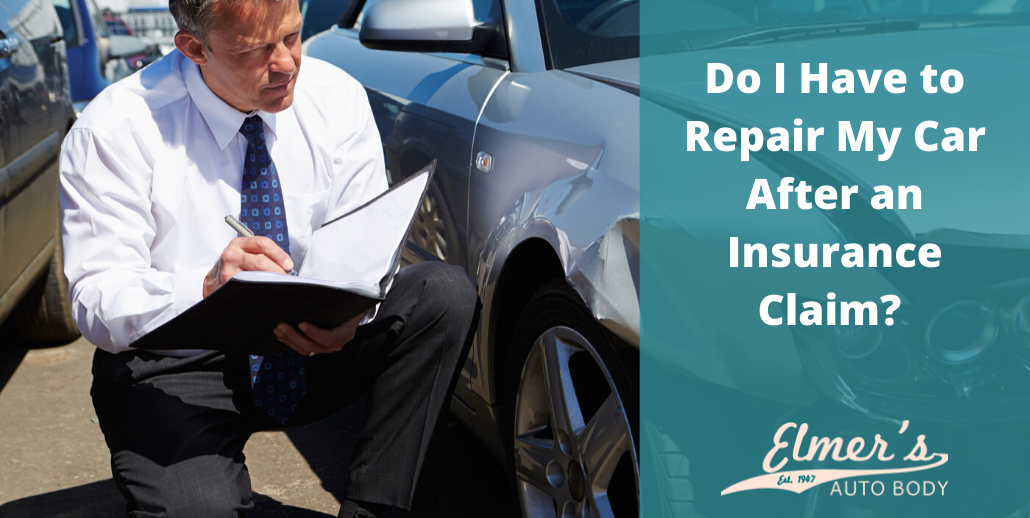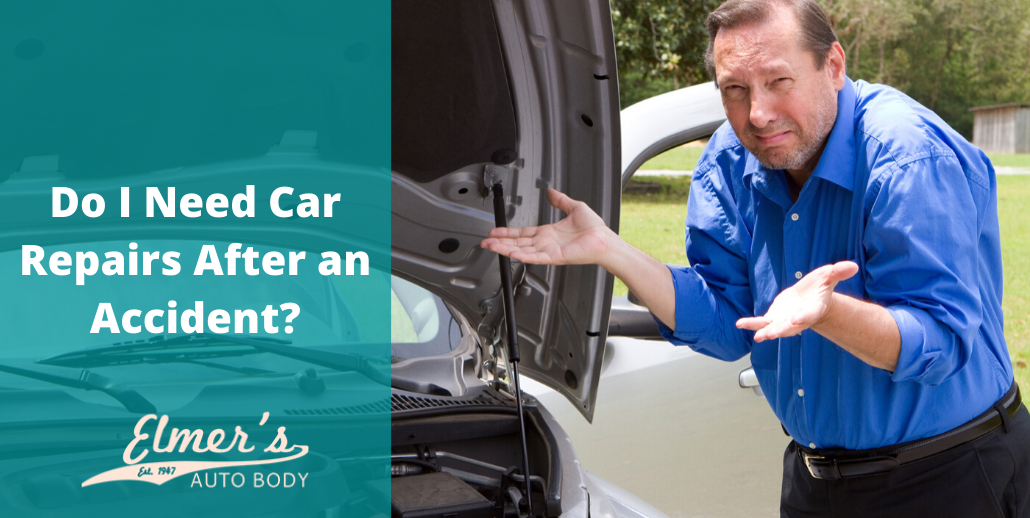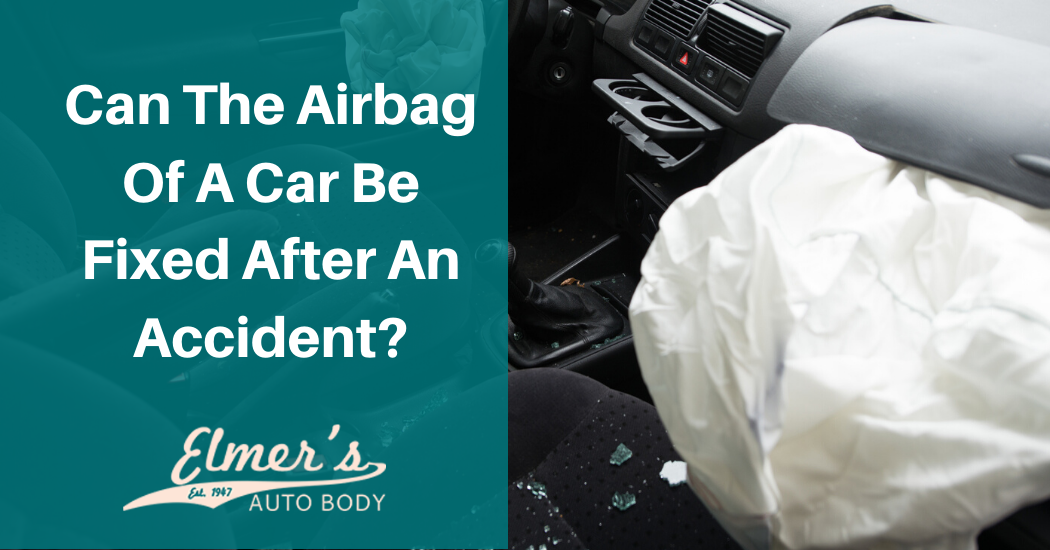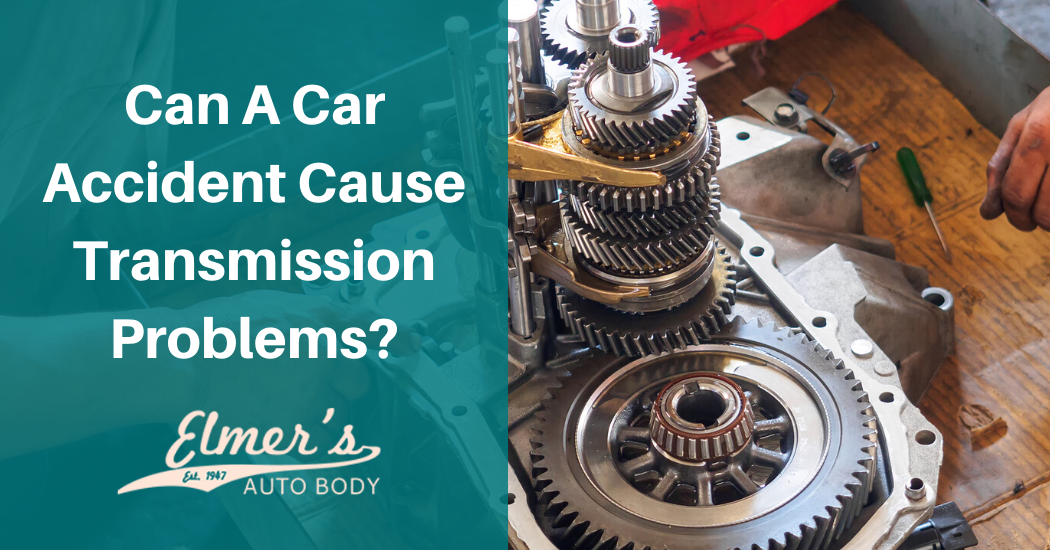Depending on the accident and your insurer, you may not have to repair your car after making an insurance claim. Sometimes you can keep your claim money, but before you go spending cash on a wild shopping spree, look at the circumstances that govern whether you claim the money or give it up to a repair facility.
Owning your Vehicle
When your vehicle is free and clear of any payments and you’re the undisputed owner, and state laws allow for release of insurance claim money directly to a policy owner, and your insurance policy specifically states that a claim can go directly to you rather than a repair shop, the insurance claim money is legally yours with no implications of fraud; however, when you claim damage you won’t be able to claim it again, which includes not using any claim money for repairs. If you claim the same damage for another incident, there can be legal implications.
Check your Policy
Checking your policy requirements is the first place to go to determine whether you can collect an insurance claim payout for yourself. Attempting to claim any monies without approval could be unlawful.
Insurance Check Recipient
As nice as it would be to pocket your insurance claim money, your provider may require that any payment for repairs go straight to the body repair shop performing the work. This is one way of guaranteeing that any insurance money for repairs is going directly to the repair shop. When you go through the claims procedure, your insurance company may allow you to choose your own repair shop or will select their own one for you to use. Your provider may require you to get several appraisals if you go with your own shop choices, which makes it more of a task for you, so it may be best to go with your insurance provider’s choices. You also want to remember that once you make a claim for damages, you won’t be able to make another one.
Vehicle Leases and Loans
If you lease a vehicle or have a loan on it with monthly payments, keeping any insurance claim money will probably not be your choice, as your insurance policy will show the loan and leasing company as the entity insured on the policy. Any check written to cover repairs will probably be in your name and the company representing the lease or loan. This means the company will have to be the signer on any repairs before you receive any cash. Whoever your lease or loan holder is, they may instruct you to use any claim money for repairs and ask for documentation and assurance that the repairs were made.
Comprehensive and Collision Coverage
If you have comprehensive or collision coverage on your vehicle, that coverage requires you to repair any damage after an accident. Maintaining and keeping comprehensive and collision coverage makes it essential to make repairs. If you leave the damage alone and you pocket an insurance claim check, an insurance provider will be reluctant to pay out for any ensuing damages because of a second accident, plus the provider may require a policyholder to cancel the comprehensive or collision coverage. It’s necessary to show proof of the repair, and that happens when a claim check is in both your name and the body repair shop’s name.
Neglecting Repairs
In neglecting vehicle repairs after an accident, the safety aspect comes into play as vehicle owners could put themselves in jeopardy of another accident without the coverage. Maybe the original damage is minimal and requires little to no attention in the way of repairs, but there is always the chance of hidden damage coming out later and causing safety issues with driving.
Unseen damage is one reason it is critical to get advice from a body repair expert. This kind of neglect brings added expenses down the road and the threat of an unsafe vehicle. Vehicle owners think they are saving money when they pocket money through an insurance claim, but they are just postponing the inevitable of another accident, losing necessary coverage and the general hassle of it all.
If you really want to save money in the long run and don’t want the issues that go along with unresolved damages after an accident, complete the online contact form and an expert technician will get back to you with the advice you need to determine whether you need to repair your car after an insurance claim accident.






